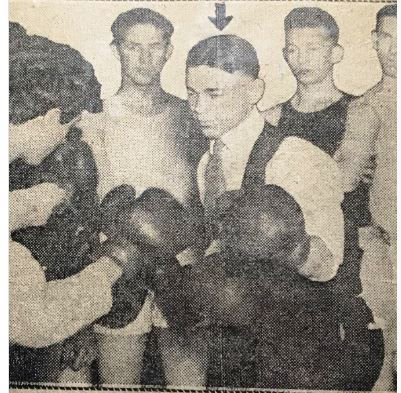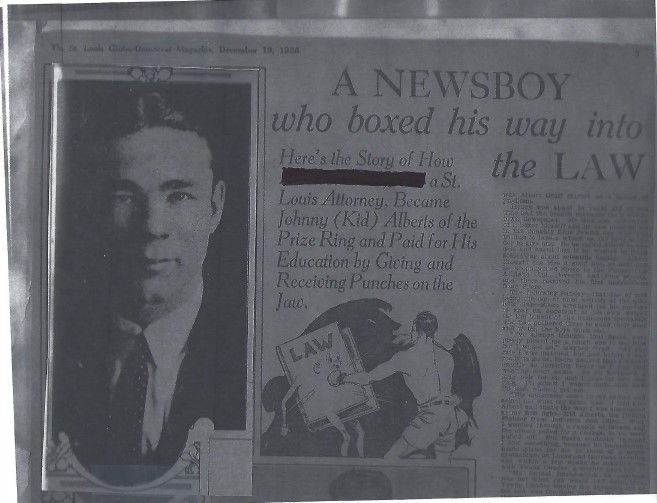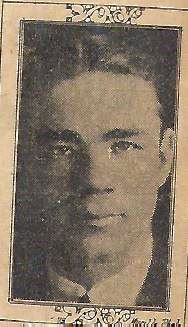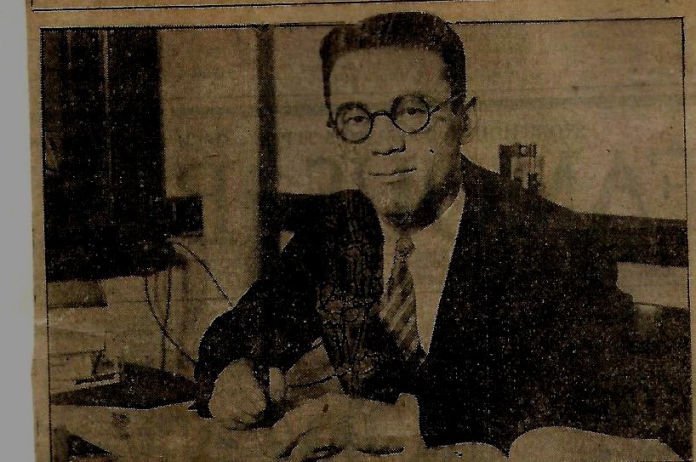Arts & Culture
A Jewish Boxer
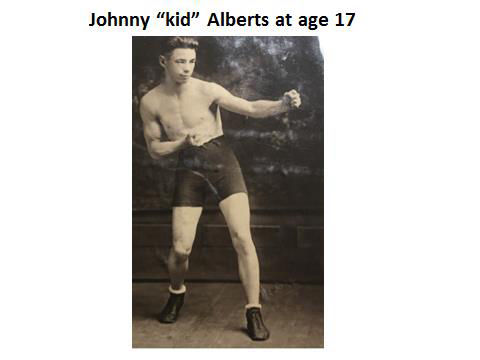
Johnny The Kid
In today’s world, one cannot imagine a Jew choosing to be a professional boxer. Would you believe that in the 1920s Jews were the dominant nationality in professional prizefighting? What motivated so many Jewish men to careers as prizefighters? Was it a response to the 1907 comment by Charles Eliot, President of Harvard University, that the Jews “are distinctly inferior in stature and physical development...?” Appreciate the choices available to these young men. It was not boxing or education, it was boxing or work, and the work options for uneducated teenagers were no more pleasant that taking a beating in the boxing ring.
Jewish World Champion Boxers
Most Jewish boxers on the list would meet orthodox standards
Flyweight class-105-115
Victor "young" Perez
Bantaweight class-115-125
Charles Phil Rosenberg
Featherweight class-125-135
Abe Attel
Louis "kid" Kaplan
Lightweight class-135-145
Benny Leonard
Welterweight class-145-155
Ted "kid" Lewis
Barney Ross
Middleweight class-155-165
Al McCoy
Jake LaMotta
Light heavyweight class-165-175
Battling Levinsky
Maxie Rosenblum
Heavyweight class-greater than 175
Max Baer
As other opportunities became available, the number of Jews entering boxing decreased. Ten years later, Jews sank to third place, preceded by the Italians and the Irish and by 1950 there were virtually no Jewish boxers.
Let me tell you the story of St. Louis Boxer Johnny Alberts. Johnny’s mother had come to the United States from Hungary at age 15 as a pastry cook. After several years, she returned to her home and married. A few years later, in 1904, the family chose to emigrate to St. Louis, first Johnny’s father to find a job, and then, several months later, Johnny’s mother older brother and infant Johnny followed. They lived in the near north side of St. Louis in a poor multiethnic, multi-racial neighborhood. Although Johnny was small, he was a neighborhood renegade. He and his Jewish friends would frequently get into fights with non-Jewish kids in adjacent areas. Johnny was usually the “ring leader”, his mother looking the other way.

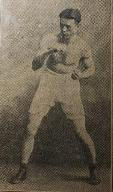
As a boxing Coach
Johnny’s family was observant, regularly attending services. In contrast to his older brother, Johnny managed to avoid going to shul. He did acquiesce to studying for and performing his Bar Mitzvah.
While his brother dropped out of grade school to start working, Johnny found part time jobs allowing him to remain in school. At age 8, he worked for his uncle. Subsequently, he sold newspapers. He and his paper-selling friends would wait for the papers to be dropped off and to be given the sites where they would sell. It was a rough neighborhood and the boys would compete for the best locations. Henry Spero, the man bringing the newspapers and assigning the locations was an accomplished boxer and occasional manager.
He would sometimes watch the boys scrap. One day he approached Johnny and said to him, you’re pretty good. Would you like me to train you and arrange a “fight? Johnny said OK and at age 15 after a brief training period, stepped into the ring for his first fight and took his first beating. In an article in the Globe Democrat many years later, Johnny philosophized that Henry had picked an accomplished foe to give Johnny a realistic view of what he was facing,
As a fighter, Johnny recognized that a punch whose trajectory followed a hook pattern, landing on the tip of the chin was devastating, a punch that he was good at delivering. Over his next 20 fights he won 16, 8 by knockouts, lost 2 and 2 were draws. It is unusual for 120 pound boxers to deliver knockout punches.
Johnny’s family did not know of his boxing activity. He explained to his mother that his cuts and bruises were acquired in “alley fights”. As his wins mounted, the number and prominence of the newspaper articles increased. The subterfuge came to an abrupt end when Johnny’s Uncle, a boxing fan, told Johnny’s mother that Johnny had won a big fight the night before. When confronted Johnny, still a high school student, told his mother that he was making “good money”. She instructed that he would give the money to her and she would save it for him to go to college.
